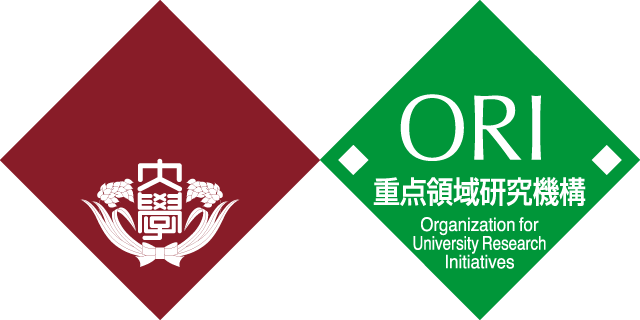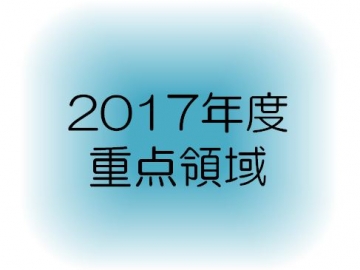Concluded Laboratory 2014/03/31
Director : Hiroshi KAWARADA
Professor,Faculty of Science and Engineering
Research theme
Realization of a low-carbon society through the development of a green inverter using diamond MOSFET
Overview of research
Outline/objective
It is calculated that if a green inverter using a diamond metal-oxide-semiconductor field-effect transistor (MOSFET) were to be made a commercial reality, Japanfs current CO2 emissions volume (1.34 billion tons) could be reduced by approximately 0.9% (10 million tons). The base materials which form the basis of diamond MOSFET can synthesize polycrystalline diamond wafers five inches in diameter and of transparent thickness through the plasma degradation of methane, carbon dioxide and hydrogen gases. One-inch single-crystal diamond wafers can be manufactured by gas phase synthesis using plasma from multiple clone crystals created from high-pressure synthesized base materials. There are also reports of two-inch-diameter crystals being produced through heteroepitaxial technology. It is desirable for the materials of this kind of diamond base to themselves consist of gases which include carbon. As a result, unlike with Ga, In etc. there are no problems in resources terms; on the contrary, the materials restabilize the CO2 emitted by fossil fuels and reuse it in a cyclical manner as a high-function device.
Scholarly background to research
Given the environmental problems represented by global warming, the efficient use of energy through development of energy-saving technology is becoming increasingly important. Electric power devices are used in all kinds of situations in society including information devices, household electric goods, hybrid vehicles, factory equipment, railroads and electric power transmission, and energy-saving operation and comfort are being realized for such devices. In addition, the efficient use of energy is also being used for new energy devices such as solar power generation, wind power generation and fuel cells, and has the roles of tapping electric power efficiently and providing a stable supply to commercial power lines. At high voltages of several hundred volts or over, for which demand is forecast to increase going forward for purposes such as inverters for hybrid vehicles and electric vehicles, there is an increase in on-resistance (steady losses) and switching losses, which are the primary causes of losses. The development of new electric power devices with low losses and high current drive capability at around 1000V will lead to more efficient use of energy. For voltage ranges in the hundreds, power conversion losses of Si inverters are high at 10%. Currently, power conversion losses of 2-5% are forecast for SiC for which discussions have made the most progress. However, the current drive capability of SiCMOSFET could not be described as sufficient for attaining the objectives which are aimed for.
What is to be clarified, and to what extent
This study will use diamond MOSFET with high current drive capability to formulate a longitudinal or planar drift structure supporting high-voltage parts, using nano/micro 3D milling, and thus developing high-voltage, low-loss power FET. The objective is to develop a ggreen inverterh using this, to keep steady losses (on-resistance) and switching losses of the inverter at 1000V performance at below one-tenth those of Si, and keep power conversion losses at less than 1% of those of SiC and GaN – a difficult figure to achieve.
Researchers
Hiroshi KAWARADA (Professor, Faculty of Science and Engineering)
Katsuyuki UTAKA (Professor, Faculty of Science and Engineering)
Yukio FURUKAWA (Professor, Faculty of Science and Engineering)
Takayuki HOMMA (Professor, Faculty of Science and Engineering)
SAITO Mikiko (Visiting Associate Professor(full-time), Institute for Nanoscience & Nanotechnology)
Tetsushi SEKIGUCHI (Visiting Associate Professor(full-time), Institute for Nanoscience & Nanotechnology)
Teruaki TAKEUCHI (Visiting Associate Professor(full-time), Institute for Nanoscience & Nanotechnology)
Jun MIZUNO (Visiting Associate Professor(full-time), Institute for Nanoscience & Nanotechnology)
Adjunct Researcher
Mikio Fukuhara (Associate Professor,Institute for Materials Research ,Tohoku University)




